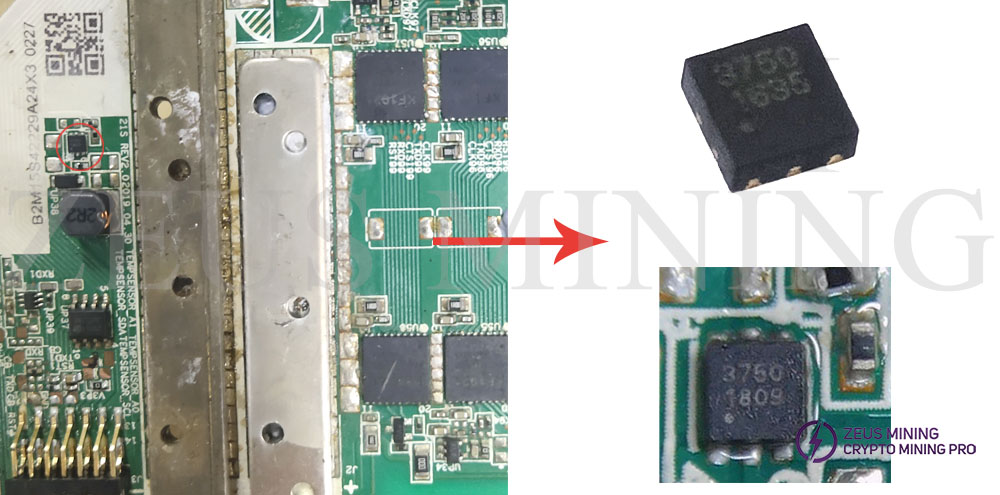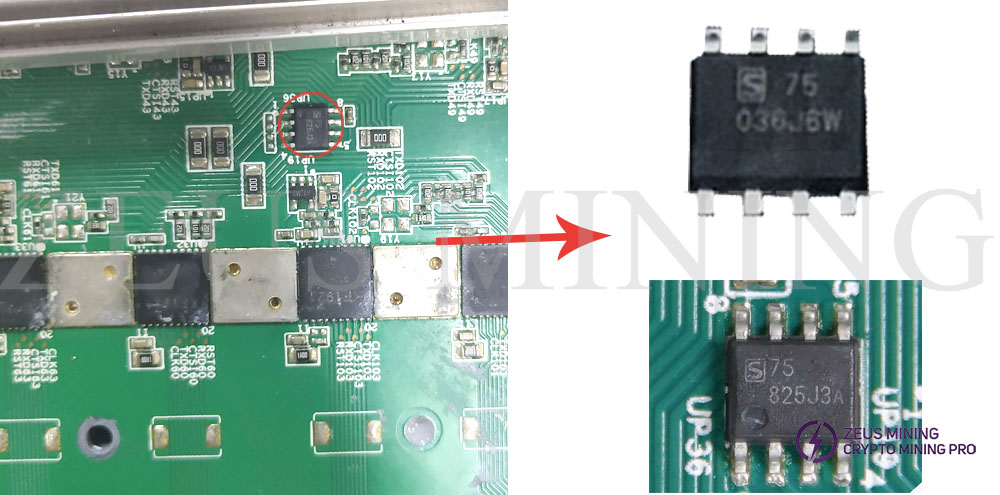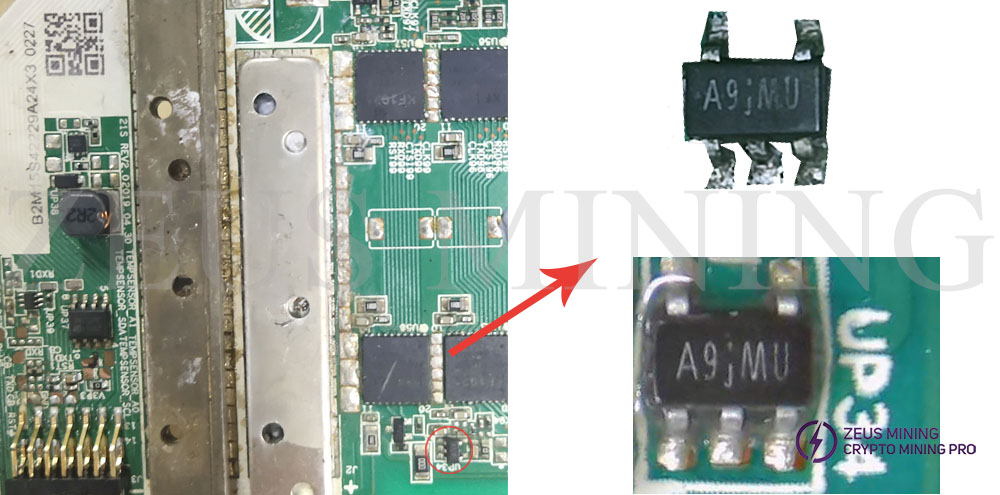ASIC Miner ICERIVER KAS KS0 Profitability In the realm of cryptocurrency mining, the Iceriver KAS KS0 miner has garnered widespread attention. Tailored specifically for the Kaspa network's KHeavyHash algorithm, it boasts high hashing power and low power consumption, making it an ideal choice for many miners. In this article, we will comprehensively assess IceRiver KS0 profitability while considering the Kaspa market conditions and the attributes of KS0 miner. Kaspa Market Dynamics Kaspa is a vibrant cryptocurrency network aimed at delivering high performance and scalability for everyday transactions. At the time of writing this article, the Kaspa coin trades at approximately $0.04959. But it's essential to note that cryptocurrency markets are highly susceptible to price volatility. Hence, investors must remain vigilant about market dynamics. Additionally, the Kaspa network's mining difficulty and reward mechanisms play a role in mining returns. Attributes of the IceRiver KS...
Where is the important chip of Whatsminer M21S hash board located?
Whatsminer M21S is a miner using the SHA-256 algorithm, the maximum hash rate is 58Th/s, and the power consumption is 3360W. The M21S miner has three hash boards. How much do you know about the chips on the hash board? Let's find out together through this article!
Easily damaged parts of Whatsminer M21S hash board:
Chip name: WhatsMiner KF1921 Chip
Chip silkscreen: KF1921
A single Whatsminer M21S hash board consists of 66 KF1921 chips, which are responsible for the hash rate calculation of Whatsminer M21S.
Chip name: M24C02-DRMF3TG/K
Chip location: UP37
Chip silkscreen: 24C02RP
M24C02-DRMF3TG/K is a serial memory (EEPROM) with 2KBIT memory size, I2C memory interface, operating power supply voltage between 1.8V ~ 5.5V, and operating temperature between -40°C ~ 125°C. Chip data retention time, up to 1 million write cycles, Schmitt trigger input for noise filtering.
Chip name: SN74LVC1T45DCKR
Chip location: UP39
Chip silkscreen: TAR
Designed for asynchronous communication between two data buses, the SN74LVC1T45 is packaged in SC70(6) technology and is a single-bit non-inverting bus transceiver. The fully configurable dual rail design allows each port to operate over the full 1.65V to 5.5V supply work within the scope.
Chip name: SGM3750
Chip location: UP38
Chip silkscreen: 75018093
With an integrated switching FET rated for 40V, the SGM3750 is a boost converter that can drive LEDs in series. It is marked in a green TDFN-2×2-6L package, and the operating ambient temperature is between -40°C and +85°C. The boost converter operates at a fixed switching frequency of 650kHz to reduce output ripple, improve conversion efficiency, and allow the use of small external components that prevent the output voltage from exceeding the IC's absolute maximum voltage rating under open LED conditions.
Chip name: CT75MMR
Chip location: UP36
Chip silkscreen: 75825J3A
The CT75 is a digital temperature sensor chip with an accuracy of ±0.5°C and is compatible with SMBus, I2C, and 2-wire interfaces. The operating temperature range is -40°C to 125°C, and the chip has built-in programmable over-temperature/under-temperature protection. In addition, it includes a high-precision bandgap circuit, a 12-bit analog-to-digital converter that provides 0.0625°C resolution, a calibration unit with non-volatile memory, and a digital interface module.
Chip name: Si9183DT-AD-T1
Chip location: UP34
Chip silkscreen: A9jMU
The Si9183DT-AD-T1 is a high-performance and small-size 150mA CMOS LDO (low dropout) regulator. Its ultra-low ground current and dropout voltage extend battery life in portable electronics. The device offers better line/load transient response and ripple rejection than bipolar or Bi CMOS LDO regulators. It is designed to maintain regulation while delivering a 300mA peak current. It is packaged in a thin SOT23-5 and operates between -40°C and 85°C.
Chip name: MMBT3906
Chip silkscreen: 2AB
The MMBT3906 is a 220mV -200mA MOS chip in a SOT-23 package. The operating crystallization temperature is between -55°C and +150°C.








Comments
Post a Comment
Tell us your opinion